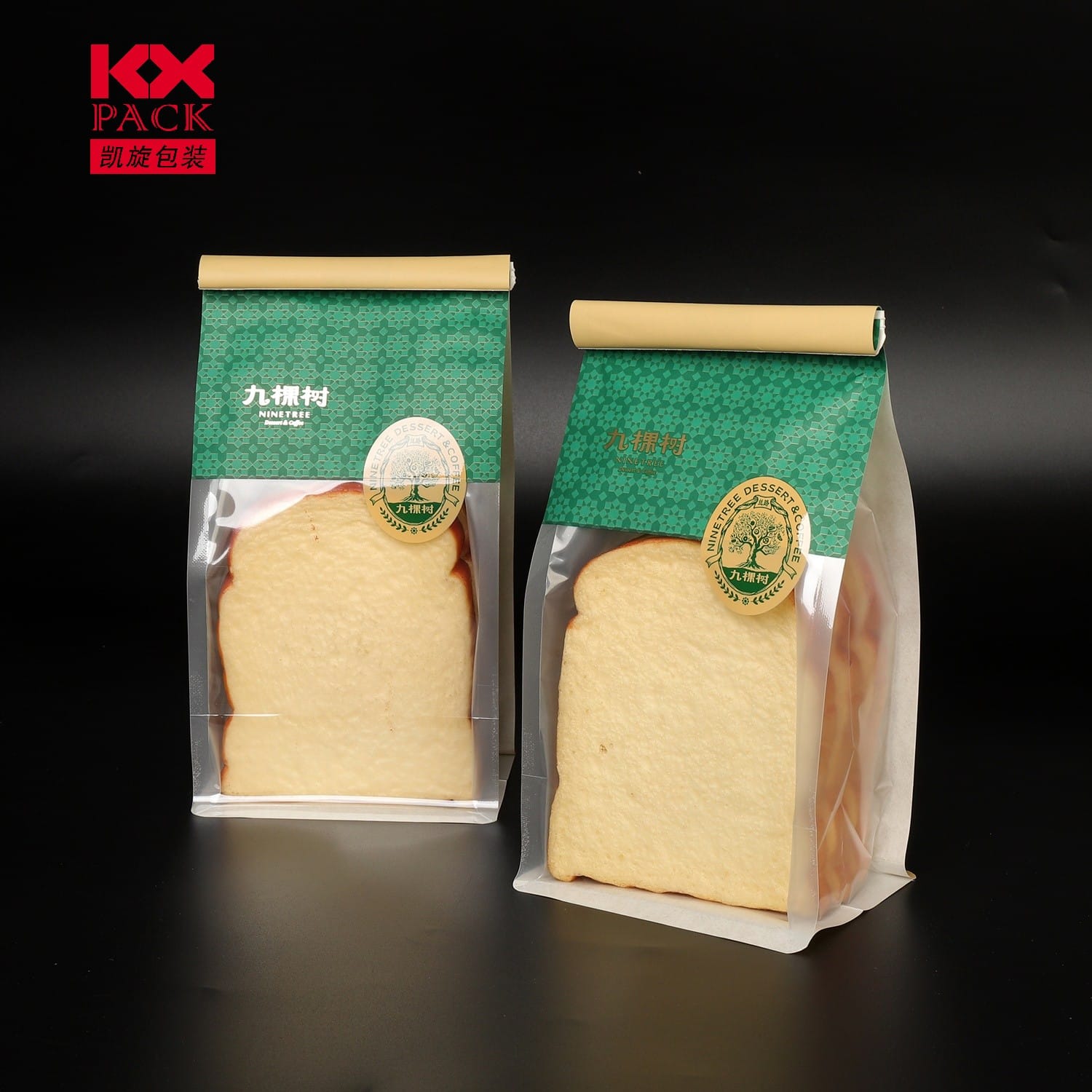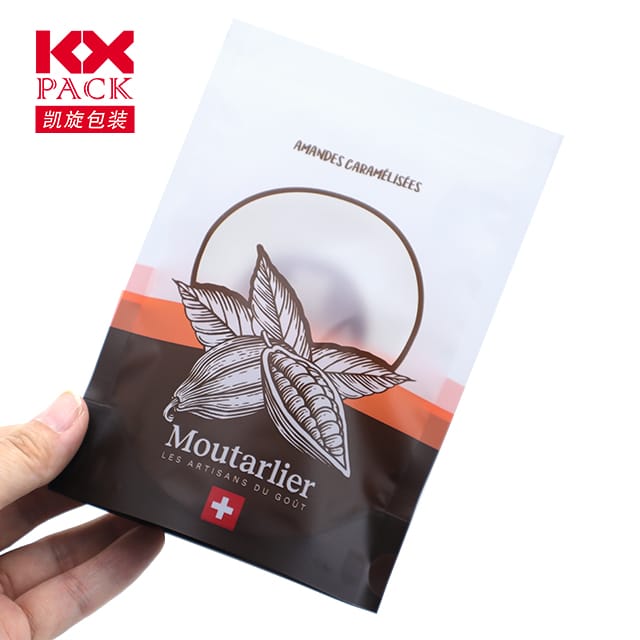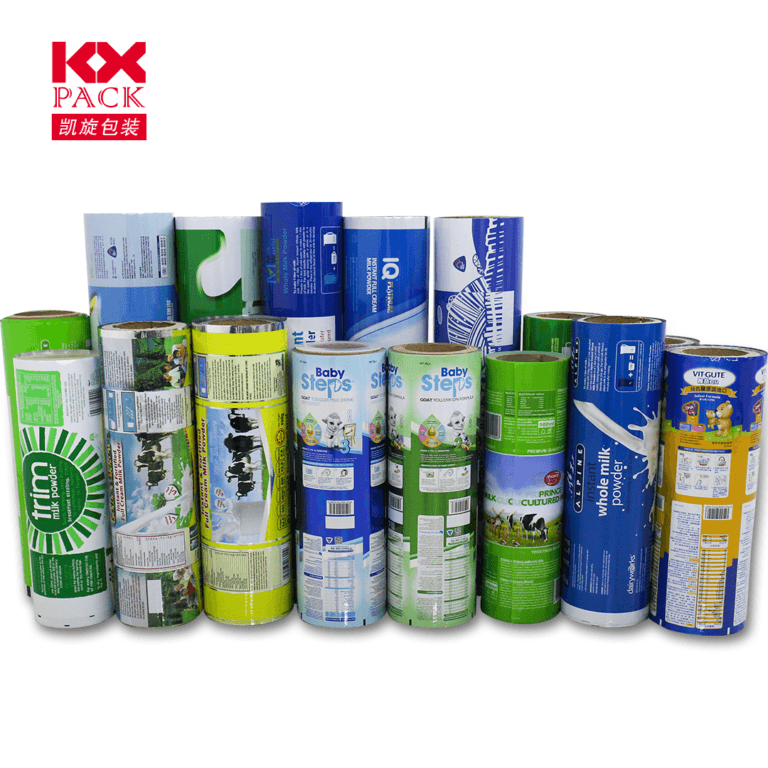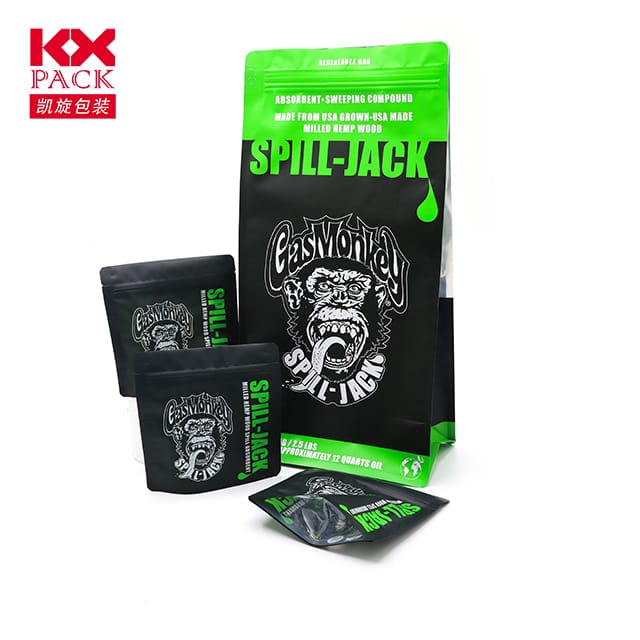تطور وتأثير الأفلام المرنة في عبوات الأغذية
أفلام مرنة
In the dynamic world of food packaging, flexible films have emerged as a game-changer, إحداث ثورة في كيفية الحفاظ على المنتجات, قدم, and transported. Combining innovation with sustainability, these lightweight, adaptable materials are reshaping the industry while addressing growing consumer demands for convenience and eco-conscious solutions.
What Are Flexible Films?
Flexible film are thin, pliable sheets made from polymers like polyethylene (PE), البولي بروبيلين (ص), البوليستر (حيوان أليف), or biodegradable alternatives such as polylactic acid (جيش التحرير الشعبى الصينى). Designed to conform to product shapes, they offer versatility unmatched by rigid packaging. Common applications include pouches, لفات, lids, and bags for snacks, fresh produce, ألبان, and ready-to-eat meals.
Key Advantages of Flexible Films
- تعزيز حماية المنتج
Flexible films create airtight barriers against moisture, الأكسجين, وضوء, extending shelf life and reducing food waste. Advanced multilayer structures can incorporate oxygen scavengers or UV filters for superior preservation. - Sustainability Benefits
Compared to traditional materials, flexible films require fewer resources to produce and transport, خفض آثار أقدام الكربون. Many are now recyclable or compostable, aligning with global circular economy goals. على سبيل المثال, Dow’s RecycleReady technology enables recyclable pouches, while companies like TIPA® offer certified compostable films. - Cost-Efficiency and Convenience
Lightweight and space-saving, flexible films reduce storage and shipping costs. Their resealable designs—like zippers or spouts—enhance user experience, catering to on-the-go lifestyles. - Branding and Shelf Appeal
High-definition printing capabilities allow vibrant, customizable designs, helping brands stand out in competitive retail environments.
التحديات والابتكارات
على الرغم من فوائدها, flexible films face hurdles:
- Recycling Infrastructure: Single-material films are easier to recycle, but multilayer variants (common in high-barrier packaging) remain problematic.
- Material Complexity: Balancing performance with eco-friendliness requires ongoing R&د.
الابتكارات التي تقود التغيير:
- Biodegradable Polymers: Materials derived from corn starch or sugarcane are gaining traction.
- إعادة التدوير الكيميائي: Breakthroughs like enzymatic degradation promise to recycle mixed-material films.
- العبوة الذكية: Integration of sensors to monitor freshness or RFID tags for supply chain transparency.
The Future of Flexible Films
The market for flexible food packaging is projected to grow at aسنويومتر من 5.2% through 2030 (Grand View Research), fueled by:
- Rising e-commerce: Demand for durable, lightweight shipping materials.
- Health-Conscious Consumers: Preferences for hygienic, single-serve portions.
- الضغوط التنظيمية: Stricter bans on single-use plastics are accelerating adoption of sustainable alternatives.
استنتاج
Flexible films represent a bridge between functionality and environmental responsibility. كما تقدم التكنولوجيا, their role in reducing waste, enhancing food safety, and delighting consumers will only expand. Brands that embrace these materials today are not just staying ahead—they’re contributing to a healthier planet.
دعوة إلى العمل:
Are you ready to explore flexible packaging solutions for your brand? Share your thoughts or questions in the comments below—let’s discuss how innovation can meet sustainability in the food industry!
Word count: ~550
الكلمات الرئيسية: flexible films, food packaging, الاستدامة, ابتكار, إعادة التدوير







